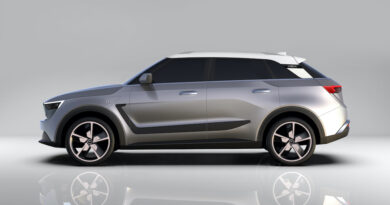How an EV can earn you money
Australia is at a crucial point with its energy policy as electric vehicles increase in popularity, according to the Australian Energy Market Commission, which helps formulate policy and advise governments.
AEMC Chief executive, Benn Barr, warned that the regulatory framework for electricity was key to ensuring EVs don’t over overload occasionally fragile electricity grids as EV sales increase as expected throughout the 2020s.
“We must … work to prevent the electric vehicles becoming a stressor on the system during peak times because that will lead to extra network investment and higher wholesale prices,” said Barr.
“We need to put the right structures in place for electric vehicles to be an energy tool, not a drain on the power system.”
The AEMC 2020 Competition Review examined EV charging options currently in the market, concluding market forces are leading to innovative consumer offerings from major electricity retailers.
One such retailer is Powershop, which offers early morning electricity rates of less than 10 cents per kilowatt hour – about one-third the regular rate. For an EV with an 80kWh battery pack that would mean a full charge for around $8, potentially providing up to 400km of driving.
Rival Ergon Energy provides discounted rates but with variable electricity blockouts for EV charging; the vehicle charging cable would not be supplied electricity during those blockout times, instead providing cheaper electricity during other times (which can be for up to 18 hours a day).

And Red Energy provides free electricity on weekends between midnight and 2am.
“This early innovation is a promising sign that energy retailers see electric vehicles as a valuable opportunity for future business growth,” said Barr.
The appeal to electricity suppliers and governments is obvious: As EV usage increases there is enormous potential to strain the grid during peak times, but electricity plans that incentivise EV owners to charge when electricity use is very low – 3.00am, for example – can reduce that strain.
The AEMC also believes EVs could play a vital role in helping level electricity demand, potentially feeding back into the grid during peak times using electricity from the battery pack that isn’t immediately required.
“Not only are the numbers of electric vehicles on our roads set to increase exponentially in the next decade, they will be central to the power system of the future,” said Barr. “They can double as a home battery, earn money for households who sell battery power back to the grid and lower home energy bills. They can also be used to help manage supply and demand across the broader grid and cut emissions in the energy sector.”
A bi-directional EV charging trial is soon expected to be announced using Nissan Leafs.
AEMC’s Barr says well formulated government policies – encouraging off-peak charging and feeding back into the grid – could even make electricity cheaper for everyone.
“The key will be maintaining the momentum and working together so we can act decisively and quickly to prepare for the change that is coming,” said Barr. “Getting this right will mean all energy customers benefit from electric vehicles – whether they drive one or not.”




